Introduction
You can comment on this page, there is a comment section at the end of this page.
Hello my name is Edsel, and I want to help people like you to give you more information about Peru, and if you want something that is very important to know to you, you can comment it to put that info in this website. 👍😁
Along the way, we’ll stop at three remarkable spots:
-
Patapampa
- At over 4,900 meters, Patapampa is quite windy and chilly. Be sure to wear a warm jacket or windbreaker.
-
Patahuasi
- After Patahuasi, it’s about a 1 hour and 40 minutes (aproximately) nonstop drive before we reach our next destination. So you can go to the bathroom or buy somegroceries like candies, cookies, drink Inka tea and so on.
-
Las Lagunillas
- The high-altitude lake is also windy and surrounded by rocky terrain. Keep your jacket on and watch your step.
What is the places that most people wants to go when they arrive to the Main Square?
You can check it out here
Trip Schedule & Timings
The image represent the times between places:
And remember that these times are aproximately.
Times during the places:
- Patapampa: 5 minutes.
- Patahuasi: 15 minutes.
- Las lagunillas: 15 minutes.
Note: Please be mindful of our schedule—spending extra time at one stop may mean less time at others.
Notes
There are bathrooms available at all our stops—Patapampa, Patahuasi, and Las Lagunillas Lake—but keep in mind that the time between each stop is over 40 minutes, so plan accordingly.
I dont have so much time to put what I said I would put it, but when this high season of people ends, I will start to put more and more.
Comments
You can comment, what is your advice to go to your country, one day I want to visit your country.
And the purpose of this site is to help you guys, what would be useful to know that is not so common to find in the internet, that is very important to you?
And that's I will put here, so I can help other persons like you. 😉👍
And good luck!
What is the purpose of this page?
The main purpose of this page is to collect information about Arequipa. This website is for people who want to read something that is not so common to find on the internet.
Why?
I want tourists like you to have something to read instead of just googling something. I will try to be honest and impartial about the information I provide on this website. I am not an expert, but I know people who are experts in this field.
I thought, why not put that information here on the internet?
I will fill this website with a lot of information about the Arequipa department (its towns and curiosities).
I will try to be impartial about the information, and if there is anything uncertain, I will make it clear by saying something like, "but there is no evidence I found."
The Content Structure
The content structure will change, and I will more chapters and can be in some weeks different as it is now Right now I dont know how to organize the content.
Comments from you
I will love to hear from your opinions here:
- Your opinions.
- Or just say whatever you like.
- if you had a question about Chivay, i will asnwer you.
All I want is hear from you whatever you want to share or say to me 😊. My email is: mattdivs1@gmail.com
First place: Patapampa
Patapampa is the highest point during our trip. It is 4,900 meters above the sea level(m.a.s.l). If you have an altimeter, it could be around 4,800 m.a.s.l, always the measure are aproximately.
This place is also called the ViewPoint of Volcanoes, it offers a beautiful landscape where you can see the Misti, Ampato, Sabancaya volcanoes.
Misti
This is the Misti volcanoe:
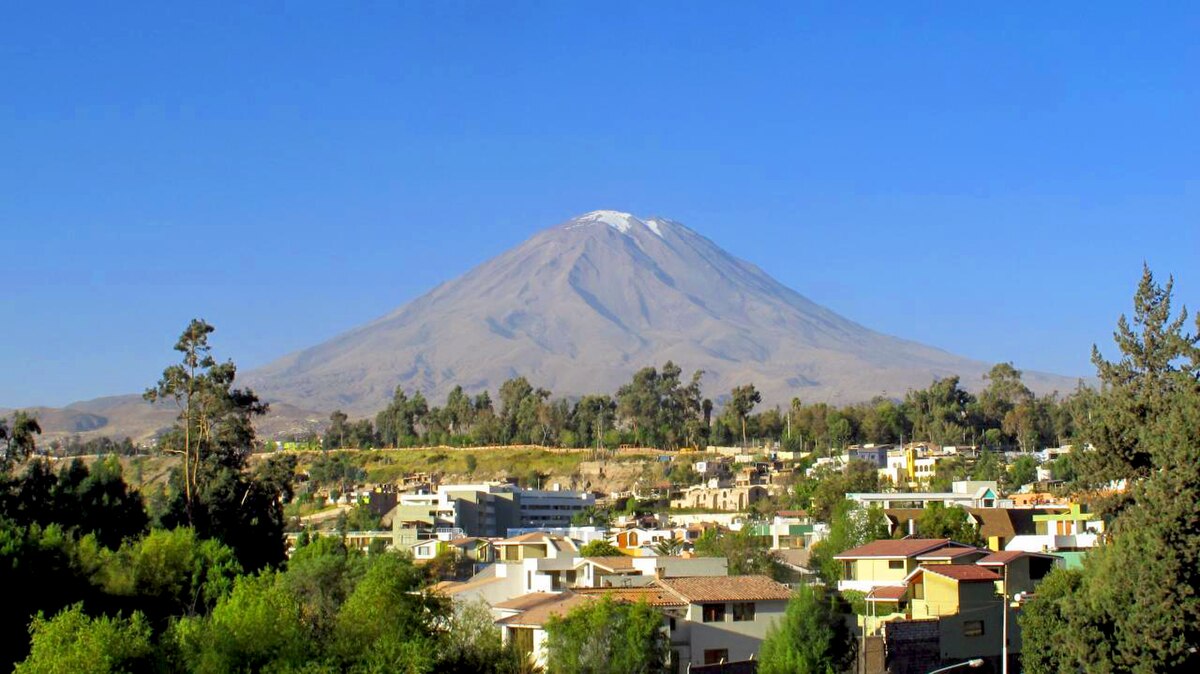
One curious thing: Inside the Misti volcanoe, exists a hidroelectric plant, the energy is made with the force of Chili river. It is the only hydroelectric plant that operates inside a volcano in Peru. Some say it’s the only one in the world, but I cannot confirm that.
If you want to see a video of Charcani V, I find helpful this article from La Republica a journal here in Peru.
Sabancaya
It's an active volcanoe, it is characterized by generating volcanic explosions, as well as emissions of ash and gases accompanied by the ejection of volcanic rock fragments.
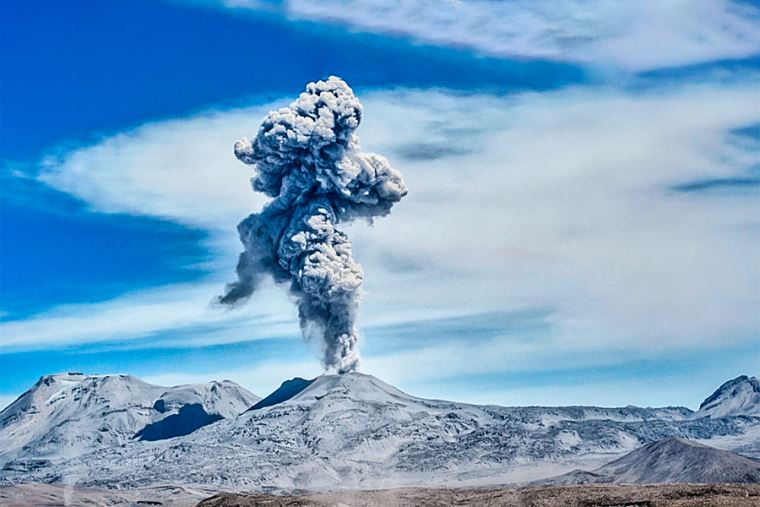
I find helpful to see this website of IGP(Institute Geophysics of Peru) about Sabancaya, it's from the Peru government.
Rocks over rocks structure
When people comes here, wish for something and the represents that wish with the structure(one rock over another).
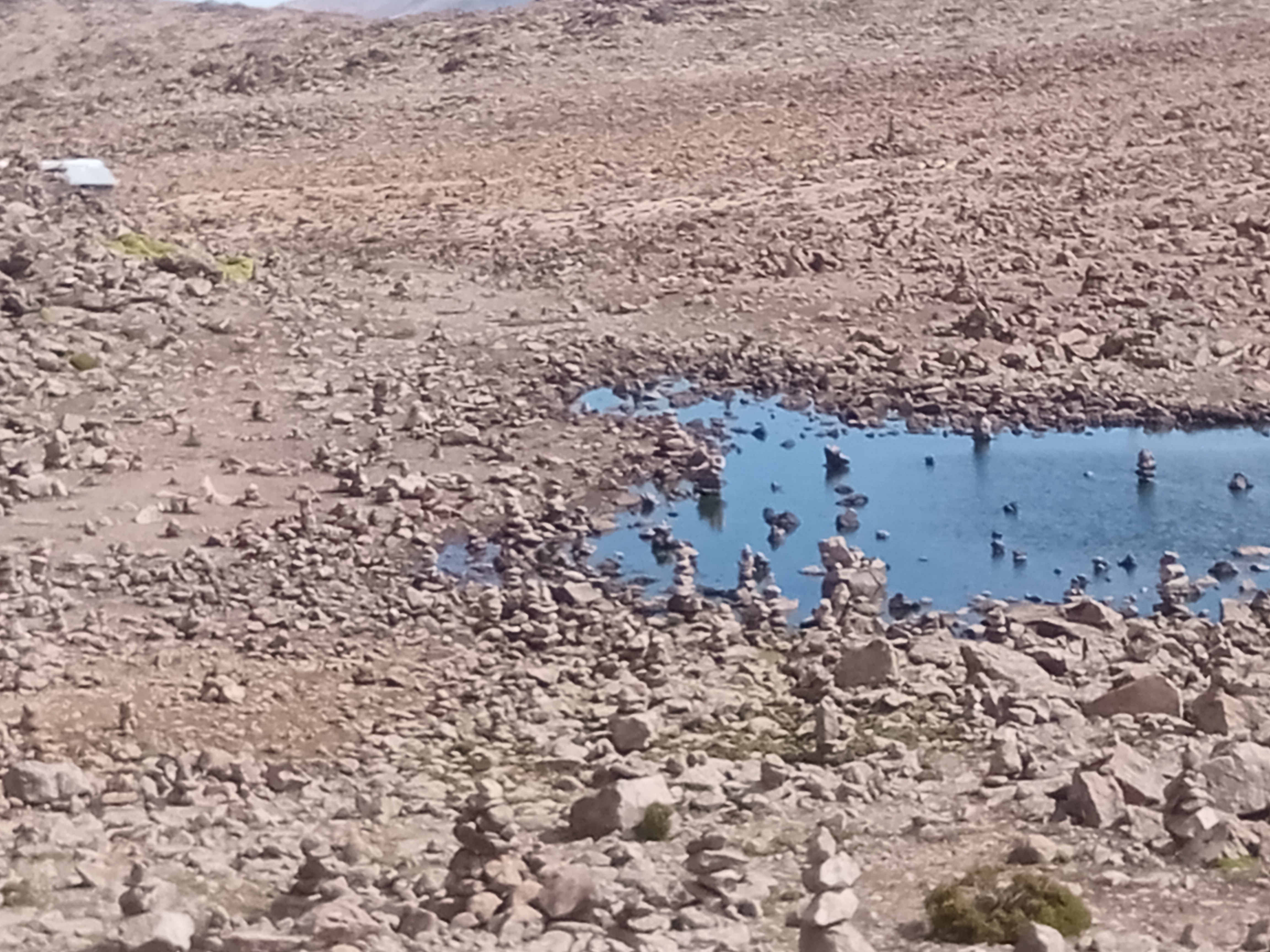
Patahuasi
PataHuasi, it's a place where we can find Inka tea, Muña tea, and some groceries(like Coke candy or Muña candy). Many people from different countries go there to take photos with their country flag.
Note: From this point, the drive to Las Lagunillas (our next stop) takes approximately 1 hour and 40 minutes. If you're feeling a bit hungry, please keep this in mind.
Unfortunately I did this website yesterday, in my free time. So I didn't fill up with many information.
I will fill this website with information about Chivay, Puno and other beautiful places here in Peru. I hope you find interesting or helpful this website.
It's completely for free.
Las Lagunillas
It's a beautiful lake and according to MINCETUR, its length has 15.6 km and in width has 5.8km. I find helpful this website from the government.

The native species here are Ispi and Carachi. The scientific name for Carachi is Orestias luteus and for Ispi is Orestias Ispi, the links are from Wikipedia.
Ispi eats zooplancton and Carachi has small, conical, strong teeth that can be used to break the shells of the molluscs and crustaceans it feeds on.
Ispi
Ispi fish is:
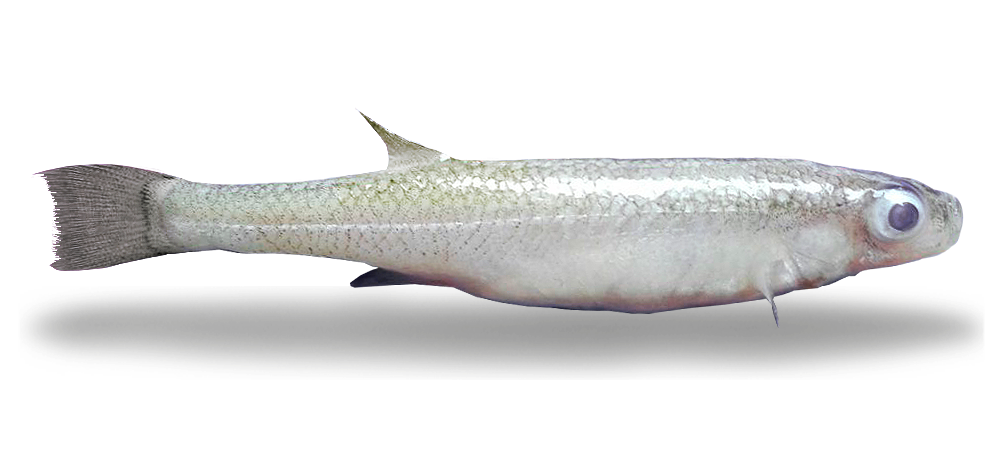
Carachi
Carachi fish is:
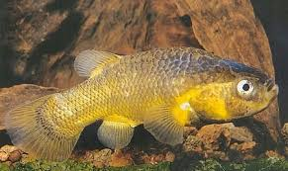
Here is a bigger image:
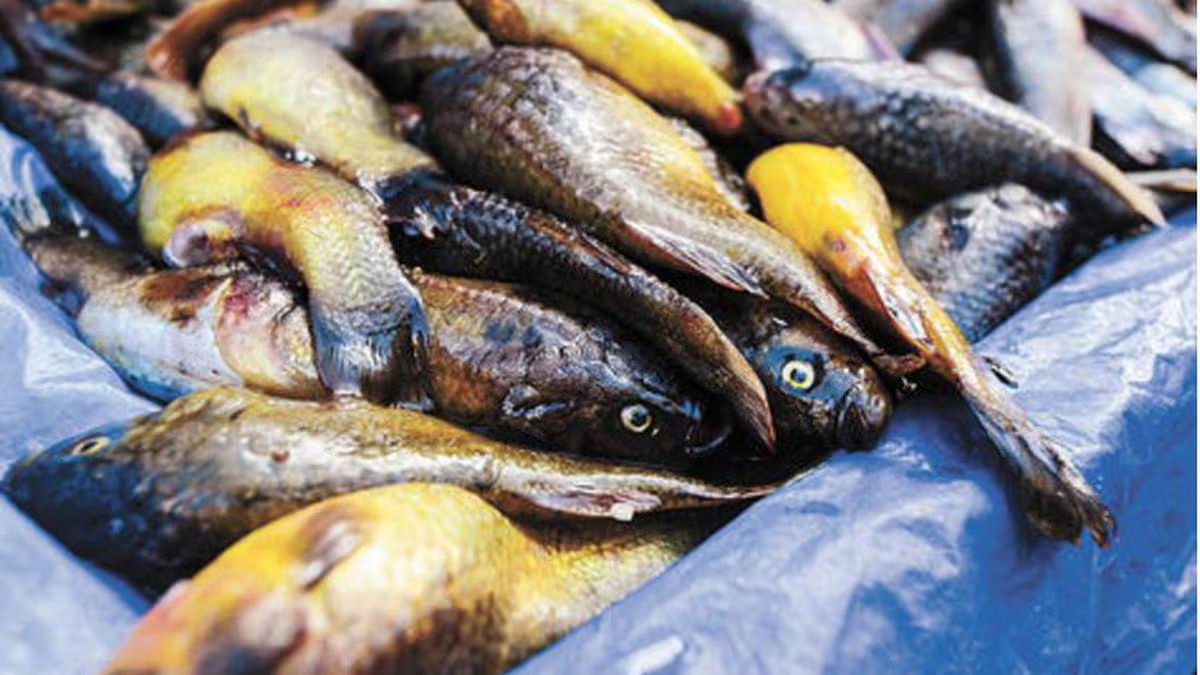
Unfortunately I did this website 5 days before, in my free time. So I didn't fill up with many information. With the time i will put more info.
I hope you find interesting or helpful this website.
It's completely for free.
El Condor
This is a condor:
This animal when open his wings, it measures 3m in length the wings opened. And its peak it's very strong.
Comments
If you want to comment something, whatever, ask something, please comment, i will answer in less than 3 days.
If you want to know something, take a picture and put a link in the comments, you can also put in your own language(I will translate to english)
And if you just want to say, thank you, or some advice to give me, please dont hesitate, just comment.
It can be anonimous too, just put a random email, and put your comments(at least put your
And good luck!
Introduction Puno is at 3800 m.a.s.l, and the final place in puno is Plaza Mayor de Puno. Unfortanely, the streets Jr. Deustua and Jr. Puno are just by people and any car can enter.
So the final place in Puno is Calle Ilave.
Places that most people wants to go.
Where is ATM?
I think it's normal for feoreign people when you withdrawn money from the ATM, they charge you money just for that operation. But If you want to try a new one(or you already know), you can try MultiRed ATMs. The most near to Calle Ilave is this ATM.
Where is restaurants?
There are many restaurants in Jr. Lima
Where is bathrooms?
If you go to a restaurant like before, almost all the restaurants has bathrooms(it's a law I think). So you can say 1 sol for use the bathroom. I tried that so many times and it works for me, and if they dont want to, just try another one 👍. In Jr. Lima there are many restaurants.
Where is SuperMarkets?
There is minimarkets also like these: The most near from the final place in Puno: Vendo Minimarket and a little far is this Multiservicios
But if you want another SuperMarket, you can go to Plaza Vea. And according to Google Maps 14 minutes walking. And you can take Uber or InDrive.
🐄 SANTIAGO FESTIVAL IN HUANCAYO: WHEN CATTLE GET DRESSED UP, PEOPLE DANCE, AND ALL OF PERU CELEBRATES 🐂
If you’re in Huancayo between July 24 and mid-August, get ready for something unforgettable.
The Santiago Festival takes over everything: houses, streets, hearts, and even the cattle – which are decorated like guests of honor. No joke.
And if you’re wondering: “What’s going on here?” – relax, you arrived at the best time of the year to experience the culture of the Mantaro Valley at its peak.
When is it celebrated?
Officially, the Santiago Festival is on July 25 (in honor of Saint James the Apostle, the patron saint of cattle).
But in practice… it overflows.
From July 24 to almost all of August, towns, neighborhoods, and communities across the Mantaro Valley (Huancayo, Sapallanga, Hualhuas, Chongos Bajo, Cullhuas, etc.) celebrate their own Santiago on different dates.
And right in the middle of it, on July 28 and 29, Peru celebrates its Independence Day.
So the combo is: culture + dance + music + national pride = guaranteed party.
Why decorate cows?
Because here, cattle are not only for milk, meat, and work – they are symbols of wealth, heritage, and connection with the land.
That’s why they’re decorated with garlands, flowers, ribbons, and colorful fabrics, as a sign of gratitude and respect.
Some animals are even paraded or blessed, while the whole family follows with a live band (12–18 musicians) and dancing.
It’s a spectacle you won’t see anywhere else!
How do people dance Santiago?
- Foot-stomping dance, women’s high-pitched shouts (guapidos), and loud whistles.
- Women wear colorful skirts with flower patterns, bright hats, belts decorated with fruit, money, or coca leaves.
- Men wear traditional suits.
- And above all: lots of passion.
Foot-stomping?
This stomping is the soul of the festival. It’s danced:
- In circles,
- In pairs,
- Or with the whole family in the patio.
Strong steps hit the ground, making dust rise.
It’s not about dancing “nicely” – it’s about dancing with your heart.
And if you’re a tourist and someone invites you… say yes. It doesn’t matter if you don’t know how. What matters is that you take part.
In this festival, nobody stays still.
What about the food?
Get ready to eat well (and a lot):
- Pachamanca: meat and tubers cooked underground with hot stones.
- Chicharrón with corn, tripe soup (mondongo), fried guinea pig, spicy potato with chicken.
- For the brave: caldo de cabeza (head soup) in the early morning – locals say it cures everything so you can keep partying.
To drink:
- Cold beer 🍺
- Sugarcane liquor (cañazo)
- Fermented corn beer (chicha de jora)
Everything is served family-style, with warmth, and often strangers are welcomed as guests – free food and even a place to stay.
How to get to Huancayo?
Huancayo is in the center of Peru, in the Mantaro Valley. It doesn’t have an international airport, but it’s easy to reach from Lima.
Step 1: Get to Lima
Fly into Lima – Jorge Chávez International Airport (LIM).
Option 1: Flight + road
- Fly from Lima to Jauja (JAU) – just 45 minutes.
- From Jauja to Huancayo: 1 hour by taxi (safe and affordable).
- Recommended if you prefer short trips and don’t want long hours on the road.
Option 2: By road from Lima
-
Tourist bus (8–10 hours)
- Companies: Cruz del Sur, Oltursa, Movil Tours, Civa.
- Comfortable buses with reclining seats, Wi-Fi, and bathrooms.
- Choose daytime (for views) or night (to sleep).
-
Private car or rental (7–8 hours)
- Road: Lima – La Oroya – Huancayo.
- Amazing scenery, but many curves and high altitude (4,800+ meters).
- Only recommended if you’re experienced driving in mountains.
What about the train?
The tourist train Lima – Huancayo runs only on special dates (like Easter). Not a daily option.
Honest tips if you’re a tourist:
- Arrive early (July), but stay as long as you can – August is also full of parties!
- Ask which town has Santiago that weekend – there’s always one.
- Wear comfy clothes, sunscreen, and a jacket for the night (hot days, cold nights, and sometimes sudden rain).
- Don’t be shy – locals are very welcoming, especially to tourists.
- Save battery on your phone… you’ll want to record everything.
In summary...
The Santiago Festival in the Mantaro Valley is not just a tourist show.
It’s a living tradition – mixing faith, family, joy, music, and pride.
If you’re there, don’t just watch – join in.
Dance, eat, drink, and let the Huancayo spirit embrace you.
Because this festival will stay with you forever.
✍️ Author: Sheyla Milagros Abanto Arhuis
📍 Huancayo, Junín, Peru
The comments
In this page, I will answer or just give gratitude to general questions about Arequipa. If it's personal, just say that is private question or something, and i wont publish here.
I want to be honest with you guys.
Why are there incomplete houses?
The reason is because people build the houses like that, because they can not afford the complete house, and you can tell "but what they just build just the first floor?". It's because they are very optimistic, and think that "in the near future I will have more money, so I can let it like that just for a moment".
In few ocassions the money doesnt come, and the houses keep like that incomplete it.
Why there is loudly voice at 6am/7pm in Chivay sometimes?
Local people advertise their services, or if someone or something is lost, they can announce it with the loudspeaker that is in Chivay part "El Mirador"
Why there are so many houses with no electricity and fewer that has electicity?
Because there are two enterprises in Chivay, the munipality has control over electricity of less houses than SEAL private enterprise. So when one enterprise fails to deliver electricity to their affiliated houses(for example SEAL), the town looks like there are just few houses with electricity and other are comple dark.
That is the reason, but these situations doesnt happen often.
IMPORTANT TOPICS
In this section, I will explain something about Peru that is important to know, data that can represent or portrait at least some part of Peru as it is.
The Concept of Internal Migration in Peru
The concept of internal migration refers to people moving from rural towns to urban cities, often in search of better opportunities and a different way of life—especially among children and young adults.
Several Peruvian authors, such as José María Arguedas, have written about internal migration and its consequences, including the loss of cultural identity, the struggle to adapt to urban life, and the effort to "fit in" within the city. One of his notable books, Los Ríos Profundos (Deep Rivers), portrays the experience of internal migration through the story of a child who moves from his rural town to a city. Another book, El Forastero (The Outsider), tells the story of a migrant who faces discrimination and exclusion in the urban setting.
More recently, a television show titled La Chola Jacinta depicted an Andean woman adapting to life in the city, highlighting—and often exaggerating—the differences between city dwellers and people from the Andes. It was a comedy show that used cultural stereotypes to generate laughs, often exaggerating traits of Andean people and making humor out of cultural clashes. If you search online, you’ll find that the show has been criticized for mocking Andean Peruvians (BBC article).

However, if you watch the episodes, many also emphasize the honesty and integrity of Andean people—for instance, their values of not stealing, not harming others, and being loyal to those they love. Still, the show generalizes behaviors in ways that some find offensive (myself included), while others do not. It's important to remember that the show’s main goal was to entertain, not educate.
In my humble opinion, internal migration brings consequences such as racism and cultural conflict between city life and Andean traditions. Based on my experience, the ones who mistreat each other the most are Peruvians themselves. We tend to highlight our differences—whether we're from the Andes, the coast, or the jungle. Some people take pride in their origins without belittling others. Others, however, elevate their own traits and birthplace while demeaning those who are different. There are also people who simply accept their features and differences without assigning them positive or negative value—they try to see the good in everything. Finally, there are those with low self-esteem who find no value in their identity or traits and believe they are inherently inferior.
Fortunately, thanks to tourism, people are starting to find value in what once brought them shame. Young people who didn’t take pride in their traditions or customs are now beginning to appreciate them. When foreigners recognize the intrinsic value in aspects of the culture that locals overlook, it helps locals begin to see their own worth. In my experience, my hometown is starting to rediscover pride in its traditions and customs, and I increasingly see young people who feel proud of where they come from.
Chivay
Hello to everyone, if anyone wants to learn something about Chivay, this is the place. I will more info about Chivay in later days.
This first Chapter is for most common data like:
- Chivay is over 3600 meters above the sea level(m.a.s.l).
- Chivay is the capital of Caylloma province.
- Chivay has a hotspring called La Calera.
Structure of Chivay
Chivay is divided by 4 ancient organizations:
- Ccapa
- Urinsaya
- Hanansaya
These organizations are very old, and currently local people identify like this: "I am from Ccapa" or "I am from Urinsaya". People from Chivay makes difference between if you are from this organization or another. But it's not like racism, it's about to be proud where you belong.
But most young people from Chivay, just say I am from Chivay.
Soon, I will put what is the division in an image, it's also geographic, and all divided from the main square of Chivay. Every organization has a territory.
The Calera
La calera is near to Chivay, to go to Chivay you need a car. The trip between the main square of Chivay to La Calera hotspring it's about 15 minutes.
In this, there are currently at the time of this post 6 pools, 1 is not available(due to lack of mainteinance). And the other five are working. The pools' names are 1(uno),2(dos),3(tres),4(cuatro) and 5(cinco).
If you want to go to a specific pool, you can say "quiero ir a la piscina
This is one of the points of boiling water that comes from the ground in La Calera:
(In total there is like about 4 points.)

Important:
- To enter to the hotspring, you need money(cash), there is no debit cards/credit cards or from cellphones payment(like paypal and so on).
- It costs 15 soles a entry, but you can ask if there is another prices, because it depends where pool you are going to enter.

